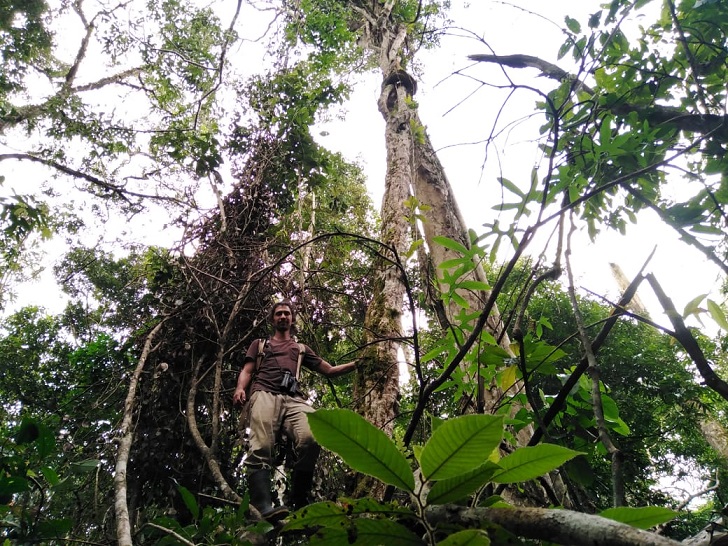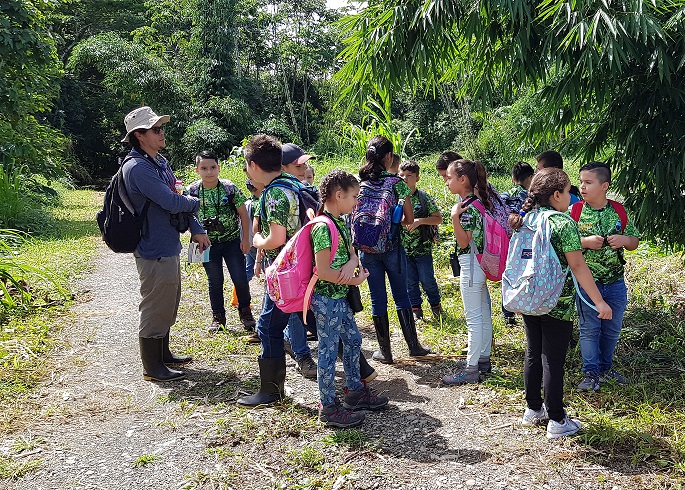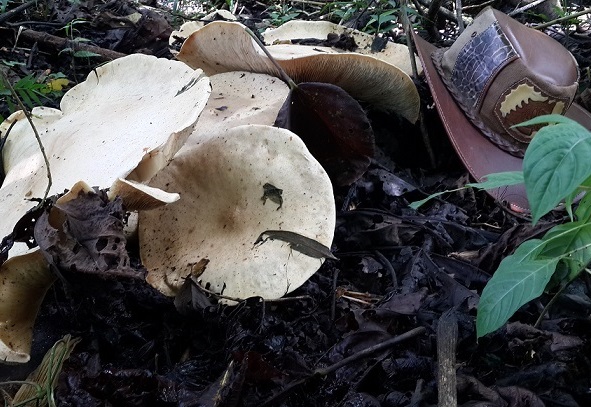Conservation Area
Private Forest Reserve
2 km NE of Sabalito, Puntarenas Province, Costa Rica
8.83809, -82.89719




The Sabalito Conservation Project started in 1985, when a tract consisting mainly of primary and secondary forest was allowed to revert to its primal state with the intent to reverse habitat degradation in the area, to promote biodiversity, and provide refuge to native flora and fauna, on the assumption that biodiversity is priceless and must be preserved and maintained even in the presence of urban development.
The 130 ha property is declared as private nature reserve under the Costa Rica national forest conservation plan and currently functioning as a laboratory for conservation projects involving academic research projects, fellow conservation projects as well as the local community. Given its proximity to urbanized areas, the underlying philosophy is that it cannot become a walled garden; it must be open to community participation and must be viewed as a community asset. Consequently, there is significant focus on outreach efforts for sponsoring projects aligned with the conservation goals.
Conservation & Community Highlights:
- Habitat protection to allow nature to repopulate native species, both flora and fauna. For instance, original old growth trees are now complemented with younger trees of the same species that have become established during the nearly 40 years of the project. Significant returns have been observed in the number of bird species and small fauna.
- Academic projects with universities and academic consortia, sponsoring visiting staff to use the property for research, including postgraduate projects.
- Community outreach. Trails have been constructed for limited access to some areas for registered visitors for tours and activities consistent with the property’s conservation goals.
- Outreach to other conservation organizations, both local and international, with the goal to identify synergies, activity coordination and the scaling of conservation efforts.
- Formation and vehicle for facilitation of the next generation of conservation leaders including those working toward the mitigation of climate change. Participation is inclusive, from grade school projects to postgraduate research as well as participation in national and international initiatives.
Future Aims:
- Attaining sustainability for conservation initiatives, developing a legal and business framework that enables the conservation project to continue in perpetuity. A secondary goal, just as important, is to establish this framework as a model to make it easier for similar projects in other organizations to take root and thrive.
- Nature and conservation and climate change are intertwined, and hence climate change mitigation will be a strong consideration for future projects, including leading and participating in projects aligned with Costa Rica’s goal of becoming carbon neutral by 2050.